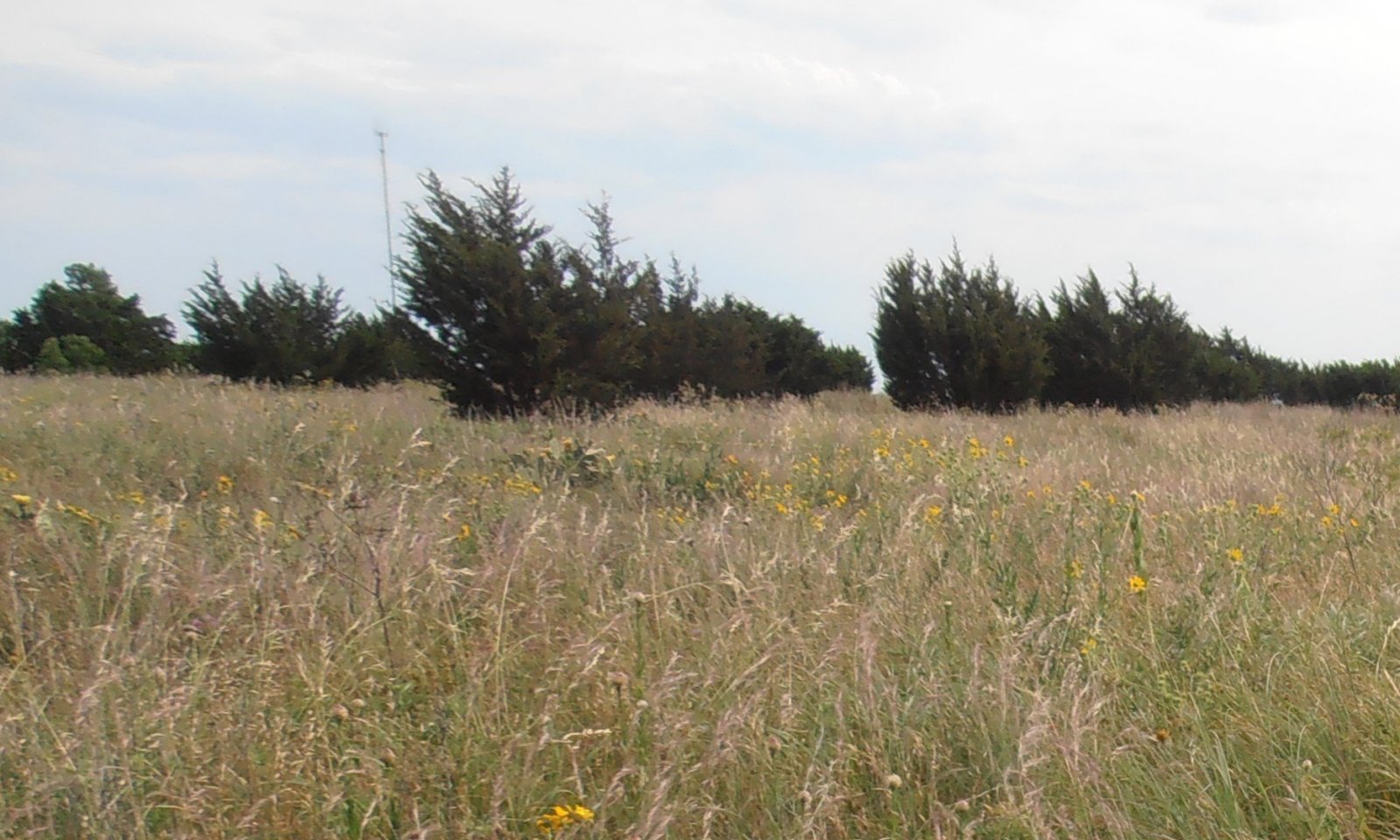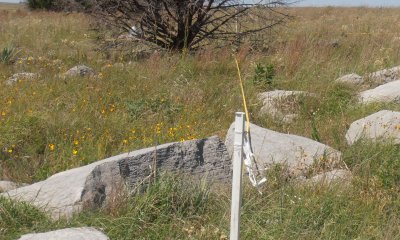
Edgerock 38-42 PZ
Scenario model
Current ecosystem state
Select a state
Management practices/drivers
Select a transition or restoration pathway
-
Transition T1A
No Fire, No Brush Management
More details -
Restoration pathway R2A
Prescribed Fire, Brush Management, Grazing Deferment
More details -
No transition or restoration pathway between the selected states has been described
Target ecosystem state
Select a state
Description
This is the reference state for the Edgerock ecological site. It represents the historic range of variability in the plant communities with the periodic disturbance of fire and grazing. It is dominated by a tall and midgrasses with numerous forbs and few woody species.
Submodel
Description
This state is often the result of fire suppression for multiple years. Non fire-tolerant woody species such as elms, hackberry and juniper have increased and created a shaded environment with a heavy accumulation of leaf litter. Ecosystem processes are significantly altered and the herbaceous community is dominated by shade tolerant understory species. Greenbriar, grape and other shrubs and vines may create a dense understory layer.
Mechanism
In the absence of fire or other forms of brush management, woody species will continually increase on these sites. As woody plants begin to dominate ecological processes, the site will transition to the Shrubland state.
Mechanism
At this point it will take significant inputs to remove woody species and restore the grass dominated pasture. However, it may be achieved through prescribed fire or brush management and a prescribed grazing plan which allows ample rest for the re-establishment of grasses. Effectiveness of prescribed fire depends upon fine fuel load and continuity and burning conditions.
Model keys
Briefcase
Add ecological sites and Major Land Resource Areas to your briefcase by clicking on the briefcase (![]() ) icon wherever it occurs. Drag and drop items to reorder. Cookies are used to store briefcase items between browsing sessions. Because of this, the number of items that can be added to your briefcase is limited, and briefcase items added on one device and browser cannot be accessed from another device or browser. Users who do not wish to place cookies on their devices should not use the briefcase tool. Briefcase cookies serve no other purpose than described here and are deleted whenever browsing history is cleared.
) icon wherever it occurs. Drag and drop items to reorder. Cookies are used to store briefcase items between browsing sessions. Because of this, the number of items that can be added to your briefcase is limited, and briefcase items added on one device and browser cannot be accessed from another device or browser. Users who do not wish to place cookies on their devices should not use the briefcase tool. Briefcase cookies serve no other purpose than described here and are deleted whenever browsing history is cleared.
Ecological sites
Major Land Resource Areas
The Ecosystem Dynamics Interpretive Tool is an information system framework developed by the USDA-ARS Jornada Experimental Range, USDA Natural Resources Conservation Service, and New Mexico State University.




